 Hello, gentle readers, and welcome to the RPG Reload, the weekly feature where we only use pseudo-Elizabethan English accents when no one is looking. Each week, we take a look at an RPG from the App Store’s past to see how it’s doing in the here and now. It’s a chance to give old classics another spin, reflect on the iOS RPG market on the whole, or simply to take a deeper dive than our reviews typically allow for. As a direct descendant of Loto, I try to choose a balanced schedule of games from week to week. If you feel like I’m missing anything important, you can let me know by leaving a comment below, posting in the Official RPG Reload Club thread, or by tweeting me at @RPGReload. The schedule is planned quite far in advance, so you may not see your selection soon, but it will be added to the master list.
Hello, gentle readers, and welcome to the RPG Reload, the weekly feature where we only use pseudo-Elizabethan English accents when no one is looking. Each week, we take a look at an RPG from the App Store’s past to see how it’s doing in the here and now. It’s a chance to give old classics another spin, reflect on the iOS RPG market on the whole, or simply to take a deeper dive than our reviews typically allow for. As a direct descendant of Loto, I try to choose a balanced schedule of games from week to week. If you feel like I’m missing anything important, you can let me know by leaving a comment below, posting in the Official RPG Reload Club thread, or by tweeting me at @RPGReload. The schedule is planned quite far in advance, so you may not see your selection soon, but it will be added to the master list.
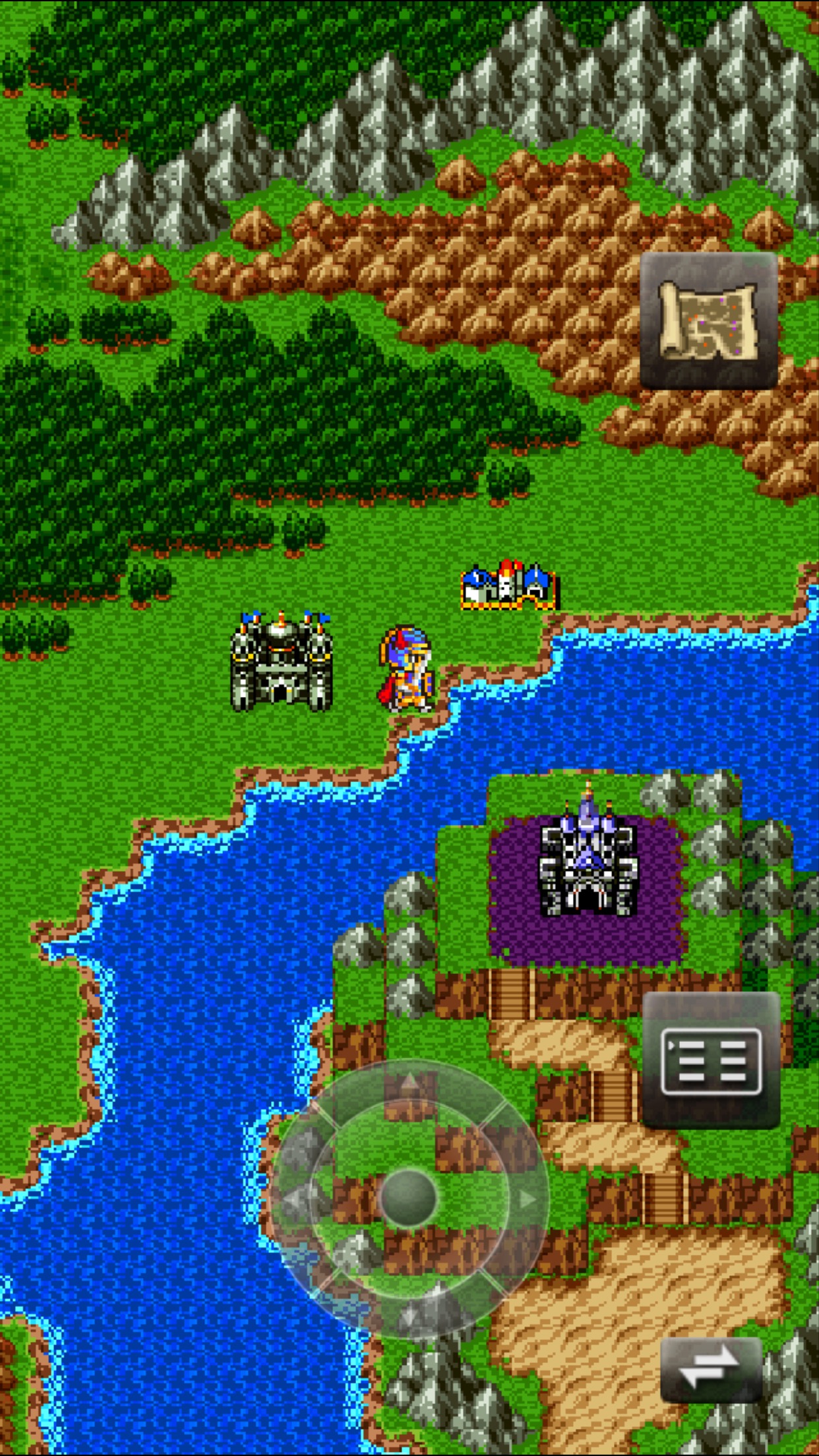 This installment of the RPG Reload is going to be a little different than usual for a few reasons. First of all, when this article goes up on the site it should more or less be the exact 30th anniversary of Dragon Quest 1 ($2.99)’s Japanese release. Happy birthday, Dragon Quest! You’re still awesome! Second, I gave Dragon Quest a pretty thorough review back when it initially released, and ended up including many of the kinds of things I usually put in the Reload. I’d advise you to go and read that review now if you haven’t already, as it covers the history and conception of the game quite well. So wait, what are we going to do here, then? Well, I thought I’d take a more personal approach this time around. Like many of you, I have a long history with Dragon Quest, and I can’t think of a better place and time to get nostalgic than here, today.
This installment of the RPG Reload is going to be a little different than usual for a few reasons. First of all, when this article goes up on the site it should more or less be the exact 30th anniversary of Dragon Quest 1 ($2.99)’s Japanese release. Happy birthday, Dragon Quest! You’re still awesome! Second, I gave Dragon Quest a pretty thorough review back when it initially released, and ended up including many of the kinds of things I usually put in the Reload. I’d advise you to go and read that review now if you haven’t already, as it covers the history and conception of the game quite well. So wait, what are we going to do here, then? Well, I thought I’d take a more personal approach this time around. Like many of you, I have a long history with Dragon Quest, and I can’t think of a better place and time to get nostalgic than here, today.
I’d like to say nobody had ever seen anything like Dragon Quest when it launched on Nintendo’s Famicom on May 27th, 1986 in Japan. But like almost every game, Dragon Quest was standing on the shoulders of many games that came before it. Just from screenshots alone, it would have been hard to tell it apart from other fantasy-themed releases of the day. Akira Toriyama’s art probably helped garner a bit of attention for the game. Dragon Ball had only just begun publication a few months before, but his previous work, Dr. Slump, had quite a large following. That said, anyone with cash to spare could hire a semi-famous comic artist to create designs for their game, so it was no guarantee of any sort of quality. No, you had to play Dragon Quest to really appreciate why it was such a great game for its time. It’s little wonder that it got off to a slow start, but once word of mouth started to spread, there would be no turning back for Japanese RPGs.
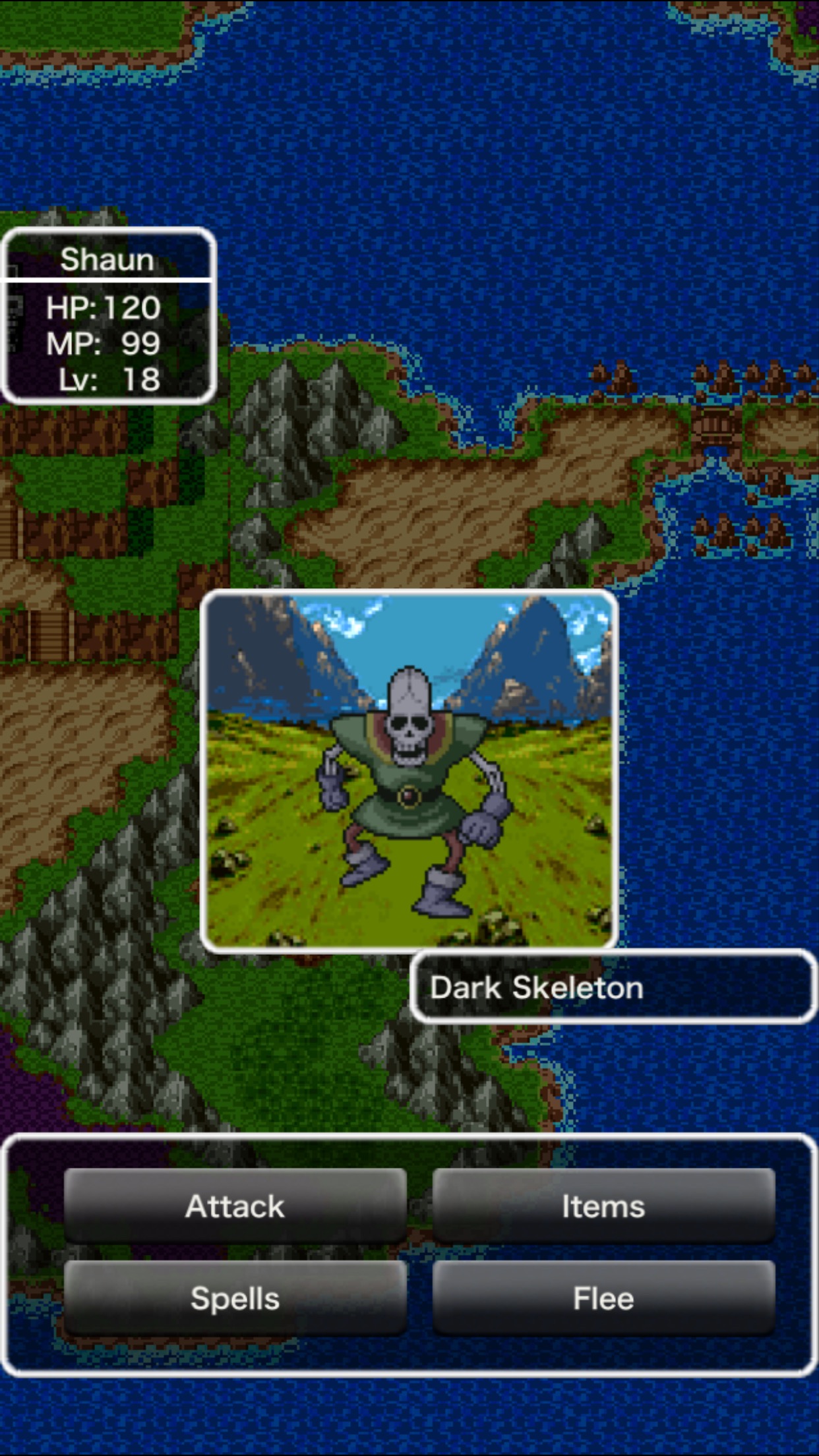 But you know, it’s hard for Western gamers like me (and most of you, I assume) to see exactly why it became the phenomenon it did. There’s a good reason for that. After all, the game didn’t release outside of Japan in 1986, or 1987, or even 1988. No, we had to wait until more than three years had passed, which might as well have been a lifetime. That’s just North America, too. Our friends in Europe wouldn’t see a local version of Dragon Quest released until September of 2014, when the mobile version came out worldwide. So at best, even those of us who played the game on the NES when it first released were playing it more than three years late. The Super NES was only a year away from its North American release. The SEGA Genesis came out almost the same week. Heck, many of the games that were directly inspired by Dragon Quest‘s Japanese success had already come out in English. Is it any wonder that before the series even left the gates outside Japan, it was already seen as being too basic and archaic? Regrettably, that reputation has followed the series throughout its entire history in the West, and while it’s partly earned, it’s also missing a lot of context.
But you know, it’s hard for Western gamers like me (and most of you, I assume) to see exactly why it became the phenomenon it did. There’s a good reason for that. After all, the game didn’t release outside of Japan in 1986, or 1987, or even 1988. No, we had to wait until more than three years had passed, which might as well have been a lifetime. That’s just North America, too. Our friends in Europe wouldn’t see a local version of Dragon Quest released until September of 2014, when the mobile version came out worldwide. So at best, even those of us who played the game on the NES when it first released were playing it more than three years late. The Super NES was only a year away from its North American release. The SEGA Genesis came out almost the same week. Heck, many of the games that were directly inspired by Dragon Quest‘s Japanese success had already come out in English. Is it any wonder that before the series even left the gates outside Japan, it was already seen as being too basic and archaic? Regrettably, that reputation has followed the series throughout its entire history in the West, and while it’s partly earned, it’s also missing a lot of context.
If we look at the game by the standards of its time, it’s almost a revelatory title. Nothing in Dragon Quest hadn’t been seen before, but pulling all of those elements together into one well-crafted game made for something altogether new. Thanks to Toriyama’s monster designs and Koichi Sugiyama’s compositions, the game looked and sounded great. It was mostly free of bugs and weird glitches, which was more of a rarity at the time than you might realize. Series creator Yuji Horii aimed to strike a balance between complexity and accessibility, and while he may have erred a little far towards the latter, I’d say that proved to be a better outcome than if he had leaned towards the former.
 Compared to many other RPGs of the day, which tended to be confusing, sloppy, or merciless, Dragon Quest was a game that just about anyone could enjoy. It blended the open world feel of games like Ultima, the immersive first-person battles of games like Wizardry, and an easy, clear interface. Designed as a console game rather than a PC game, Dragon Quest stripped away many of the complicated systems endemic to the RPG genre at the time, but kept just enough to trade on the genre’s appeal. In doing all of this, Dragon Quest essentially created and popularized a new variation of RPG, a genre we now usually refer to as JRPGs. Was it a little simple? Sure, but that was partly the point. Horii almost certainly could have made a deeper game, but he wanted to reach as many players as possible, and he most assuredly succeeded.
Compared to many other RPGs of the day, which tended to be confusing, sloppy, or merciless, Dragon Quest was a game that just about anyone could enjoy. It blended the open world feel of games like Ultima, the immersive first-person battles of games like Wizardry, and an easy, clear interface. Designed as a console game rather than a PC game, Dragon Quest stripped away many of the complicated systems endemic to the RPG genre at the time, but kept just enough to trade on the genre’s appeal. In doing all of this, Dragon Quest essentially created and popularized a new variation of RPG, a genre we now usually refer to as JRPGs. Was it a little simple? Sure, but that was partly the point. Horii almost certainly could have made a deeper game, but he wanted to reach as many players as possible, and he most assuredly succeeded.
None of this, however, was relevant to a 10-year old Shaun in 1989. Having been weaned on Advanced Dungeons & Dragons and the early Ultima games, I wasn’t terribly impressed by what I saw when I flipped through the issue of Nintendo Power that featured Dragon Warrior, the localized version of Dragon Quest. They did their best to make it look cool, and that’s something Nintendo Power was very good at, but it wasn’t hard to see how primitive the game was. I didn’t know it at the time, but Nintendo had actually put a lot of work into the English release of the game. The graphics were improved, a battery save was implemented to replace the absurdly long passwords of the Japanese version, and a ton of little gameplay improvements were made. The localization of Dragon Quest was absolutely amazing by the standards of the time. It was even reprogrammed to accept long names, something that wouldn’t become standard for most localized RPGs until two generations later. The programming work on the North American version was handled by the late Satoru Iwata, who would go on to become President of Nintendo from 2002 until his tragic passing in 2015.
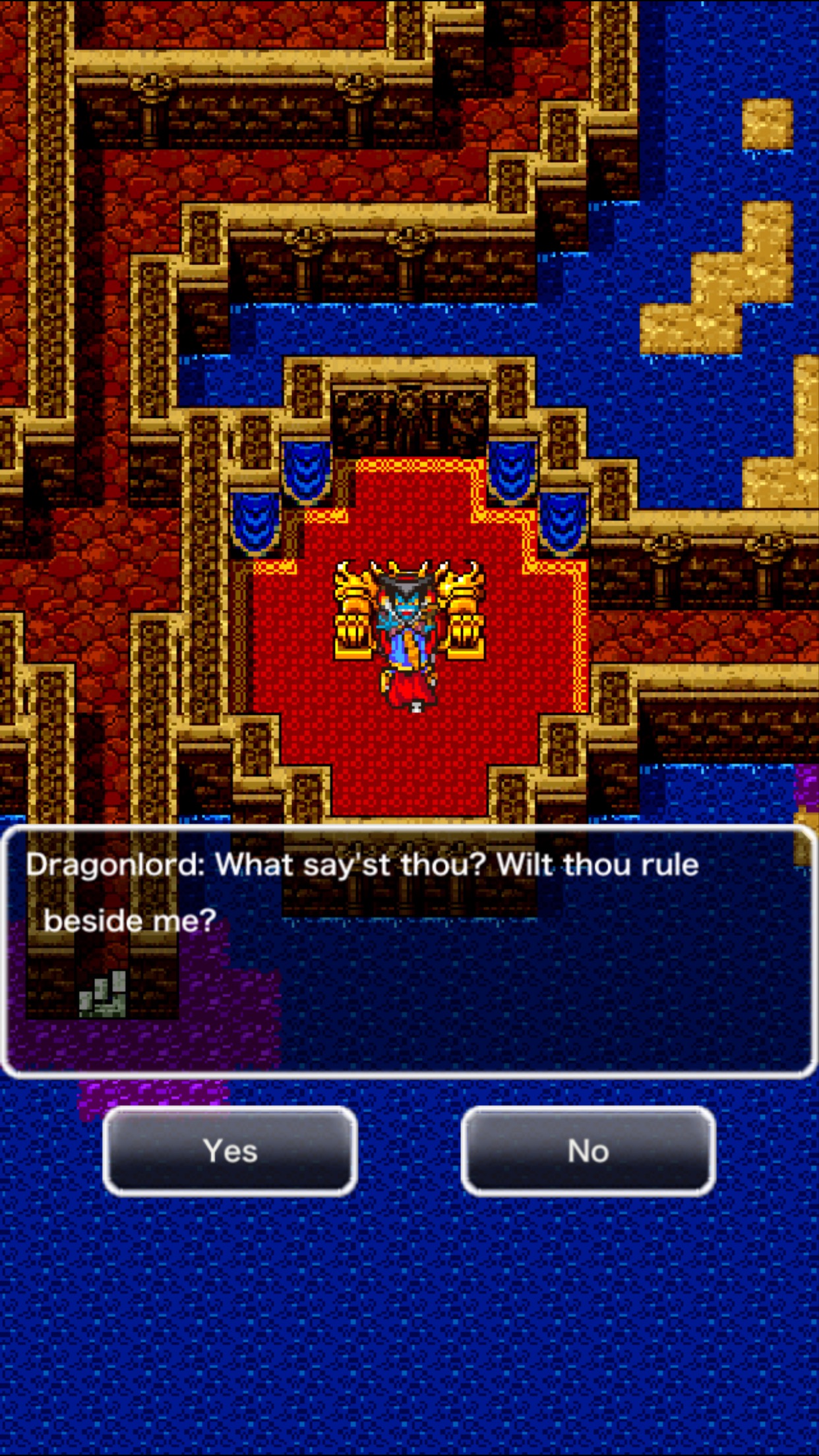 These are all things I didn’t know. I only knew that the game looked simple. Nintendo’s strong efforts, surely made with the expectations that Dragon Warrior could do in North America what Dragon Quest had done in Japan, were for naught when it came to reaching young Shaun. It did, however, catch the eye of one of my friends, a decent fellow by the name of Dylan. What Shaun had looked at with disinterest, Dylan was delighted by. He obsessed over the game during that summer vacation, talking to us about it at every opportunity, and when it finally released, he managed to finagle a rare early birthday gift from his parents to get it. I can’t remember if our group went over to his house, or if it was just me, but after watching him play for a while, I felt pretty good about my decision to pass the game by. Unfortunately for Nintendo, there were a lot more Shauns than Dylans, and they ended up with so many extra copies on their hands that they ended up giving them away a year later with subscriptions to Nintendo Power magazine. That’s how I ended up with my copy of Dragon Warrior. It went largely unplayed due to a combination of my Final Fantasy fever and the release of the Super NES in North America, however.
These are all things I didn’t know. I only knew that the game looked simple. Nintendo’s strong efforts, surely made with the expectations that Dragon Warrior could do in North America what Dragon Quest had done in Japan, were for naught when it came to reaching young Shaun. It did, however, catch the eye of one of my friends, a decent fellow by the name of Dylan. What Shaun had looked at with disinterest, Dylan was delighted by. He obsessed over the game during that summer vacation, talking to us about it at every opportunity, and when it finally released, he managed to finagle a rare early birthday gift from his parents to get it. I can’t remember if our group went over to his house, or if it was just me, but after watching him play for a while, I felt pretty good about my decision to pass the game by. Unfortunately for Nintendo, there were a lot more Shauns than Dylans, and they ended up with so many extra copies on their hands that they ended up giving them away a year later with subscriptions to Nintendo Power magazine. That’s how I ended up with my copy of Dragon Warrior. It went largely unplayed due to a combination of my Final Fantasy fever and the release of the Super NES in North America, however.
A couple of years later, I made some new friends in junior high school. Both of them loved video games, so we got on pretty well. Peter favored Final Fantasy, but Lloyd and his older brother Derek were big fans of Dragon Warrior, as well. They even had the fairly hard-to-find Dragon Warrior 3 and the very-rare Dragon Warrior 4. Whenever we crashed at Lloyd’s house overnight, Lloyd and Peter would usually play a two-player game in the main room on the Super NES, while I often would join Derek in his room as he made yet another run on one of the Dragon Warrior games. It was through watching Derek play Dragon Warrior 3 that I finally fell in love with the series. I got my own copy of the game and played through it many times. I eventually lent that copy to a co-worker and lost it. Neither a borrower nor a lender be, friends.
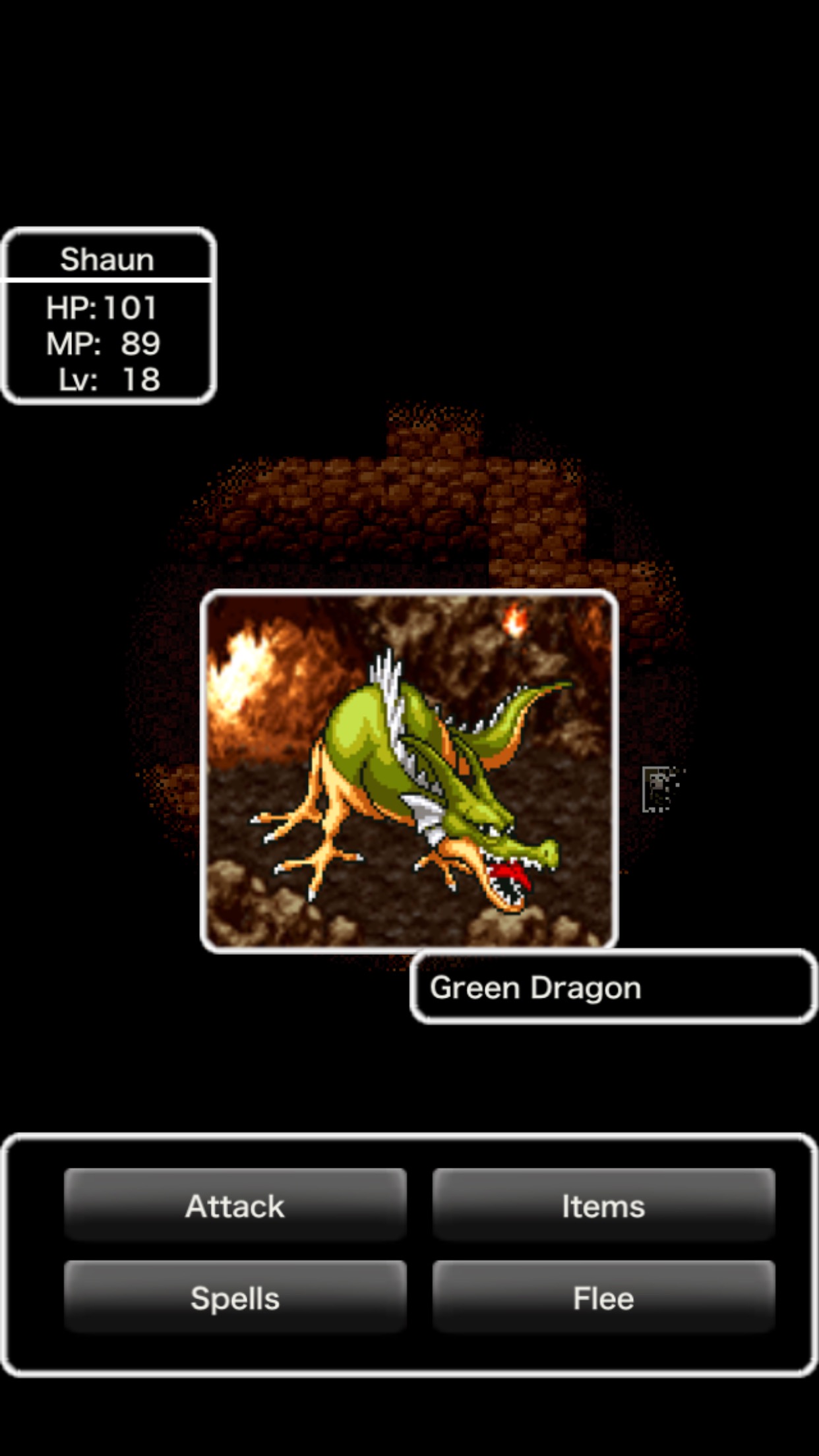 Naturally, I had boarded the Dragon Warrior train just as it was about to derail. I wasn’t able to track down my own copy of Dragon Warrior 4, and neither Dragon Quest 5 nor Dragon Quest 6 saw English releases in their original formats. There were, however, re-releases of the first three games on Game Boy and Game Boy Color. Those releases, handled by Eidos, not only gave me my first opportunity to play Dragon Warrior 2, but also offered me a chance to appreciate the first game with fresh eyes. There were lots of improvements made for the Game Boy versions, with the most important being the increase in gold and experience point drops from monsters. But more than that, there was something about those early games that suited handheld gaming to a tee. Running through the first game became something I would do on a lazy weekend, and I still regularly replay it across various formats to this day.
Naturally, I had boarded the Dragon Warrior train just as it was about to derail. I wasn’t able to track down my own copy of Dragon Warrior 4, and neither Dragon Quest 5 nor Dragon Quest 6 saw English releases in their original formats. There were, however, re-releases of the first three games on Game Boy and Game Boy Color. Those releases, handled by Eidos, not only gave me my first opportunity to play Dragon Warrior 2, but also offered me a chance to appreciate the first game with fresh eyes. There were lots of improvements made for the Game Boy versions, with the most important being the increase in gold and experience point drops from monsters. But more than that, there was something about those early games that suited handheld gaming to a tee. Running through the first game became something I would do on a lazy weekend, and I still regularly replay it across various formats to this day.
I haven’t missed buying a Dragon Quest game since then. I was there on day one to pick up Dragon Warrior 7 on the PlayStation when it hit North America, becoming engrossed with its massive, somewhat-ugly world even as my roommate played the latest PlayStation 2 games in the next room over. The 2005 PlayStation 2 release of Dragon Quest 8 in North America caused me to quit the only MMORPG I ever played and never go back. In 2008, I moved to Japan, allowing me to get the games as soon as they came out in Japanese. I had always imagined what a Dragon Quest launch event in Japan was like, and I finally got to experience that in 2009 when Dragon Quest 9 came out on the Nintendo DS. And like all other Dragon Quest fans, I’m sitting here patiently waiting for Dragon Quest 11‘s release on the Nintendo 3DS and PlayStation 4. Both versions, of course.
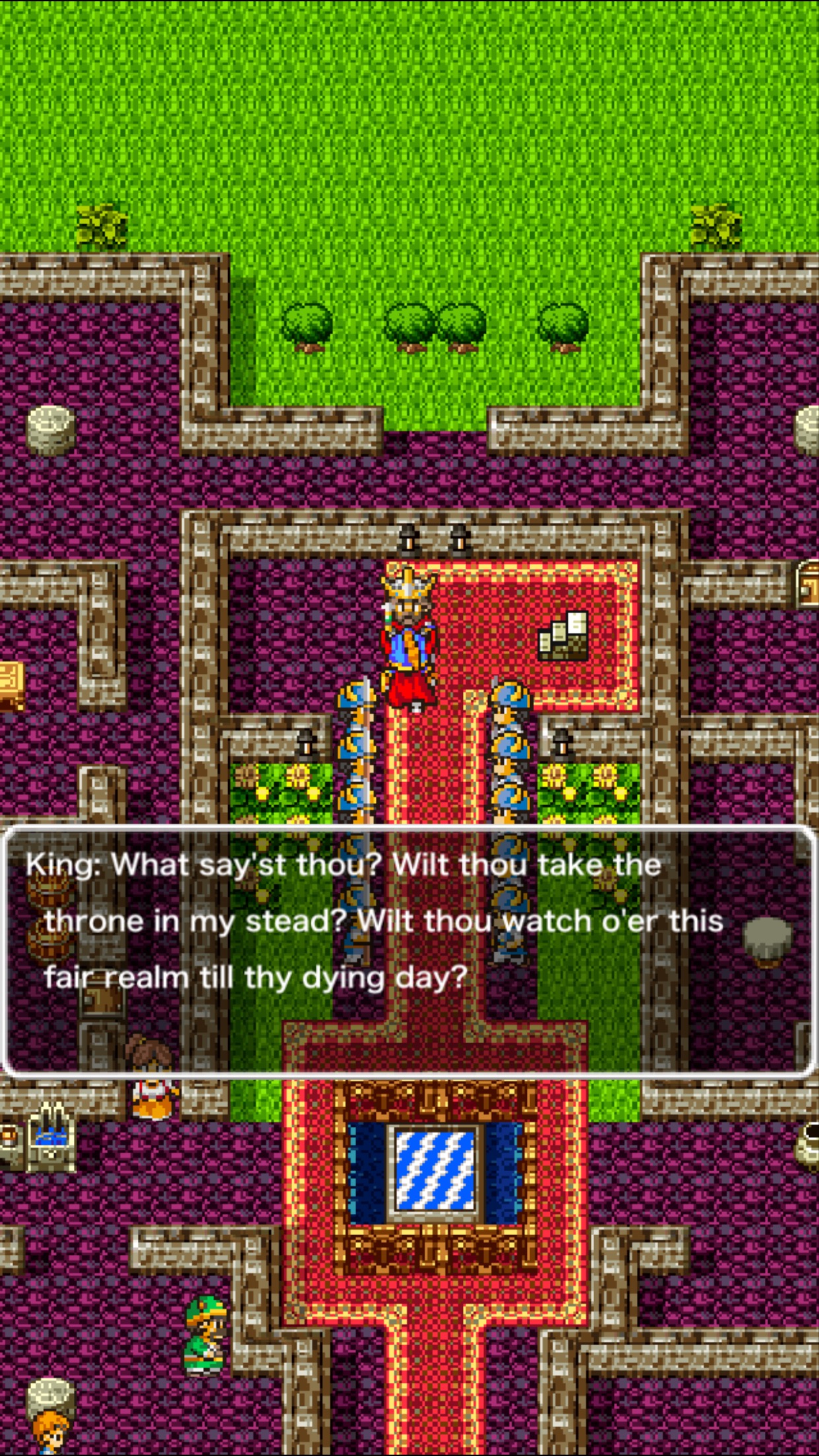 Although our culture is perhaps a little too invested in nostalgia, it’s a fact that very few cultural artifacts retain their popularity after 30 years, particularly in the technology-driven games industry. Even fewer maintain their relevance during that time. Dragon Quest is a simple game, yes. It’s not very complicated, there’s little story, and even in its modern form, you might have to grind a bit. It’s too vague in places, yet also offers next to no non-essential content. But you know what? I’m pretty confident that a series couldn’t achieve what Dragon Quest has, couldn’t reach across generations like Dragon Quest has, couldn’t keep its relevance like Dragon Quest has, if that first game weren’t something awfully special. So, while it might be hard to do this with 2016 eyes, please give the first Dragon Quest another play, and really try to see those special qualities, those bits and pieces that drew people in. They’re still there, and you can still have a lot of fun with this 30-year old experiment that generated an entire sub-genre. It’s probably the best birthday present you could give the old fellow.
Although our culture is perhaps a little too invested in nostalgia, it’s a fact that very few cultural artifacts retain their popularity after 30 years, particularly in the technology-driven games industry. Even fewer maintain their relevance during that time. Dragon Quest is a simple game, yes. It’s not very complicated, there’s little story, and even in its modern form, you might have to grind a bit. It’s too vague in places, yet also offers next to no non-essential content. But you know what? I’m pretty confident that a series couldn’t achieve what Dragon Quest has, couldn’t reach across generations like Dragon Quest has, couldn’t keep its relevance like Dragon Quest has, if that first game weren’t something awfully special. So, while it might be hard to do this with 2016 eyes, please give the first Dragon Quest another play, and really try to see those special qualities, those bits and pieces that drew people in. They’re still there, and you can still have a lot of fun with this 30-year old experiment that generated an entire sub-genre. It’s probably the best birthday present you could give the old fellow.
Happy 30th anniversary, Dragon Quest. I hope I’ll still be able to play and enjoy you on your 60th anniversary. I have a feeling your owners will do their best to accommodate that. I look forward to more adventures with your descendants, too. No matter how many people call you and yours archaic, slow, or old-fashioned, you’ll always be the Legendary Hero to this RPG fan.
As usual, you can leave your thoughts in the comments below, post in the Official RPG Reload Club thread, or tweet me at @RPGReload. I’m also doing the final mail call for this month’s RPG Reload Podcast. The main topic for this episode is, of course, Dragon Quest, but if you want to ask about something else, we’d be happy to hear from you. Send those emails to [email protected] and we’ll almost certainly read it on the show. As for me, I’ll be back next week with the next part of our on-going History Of Handheld RPGs series. Thanks for reading!
Next Week’s Reload: The History Of Handheld RPGs, Part Ten
